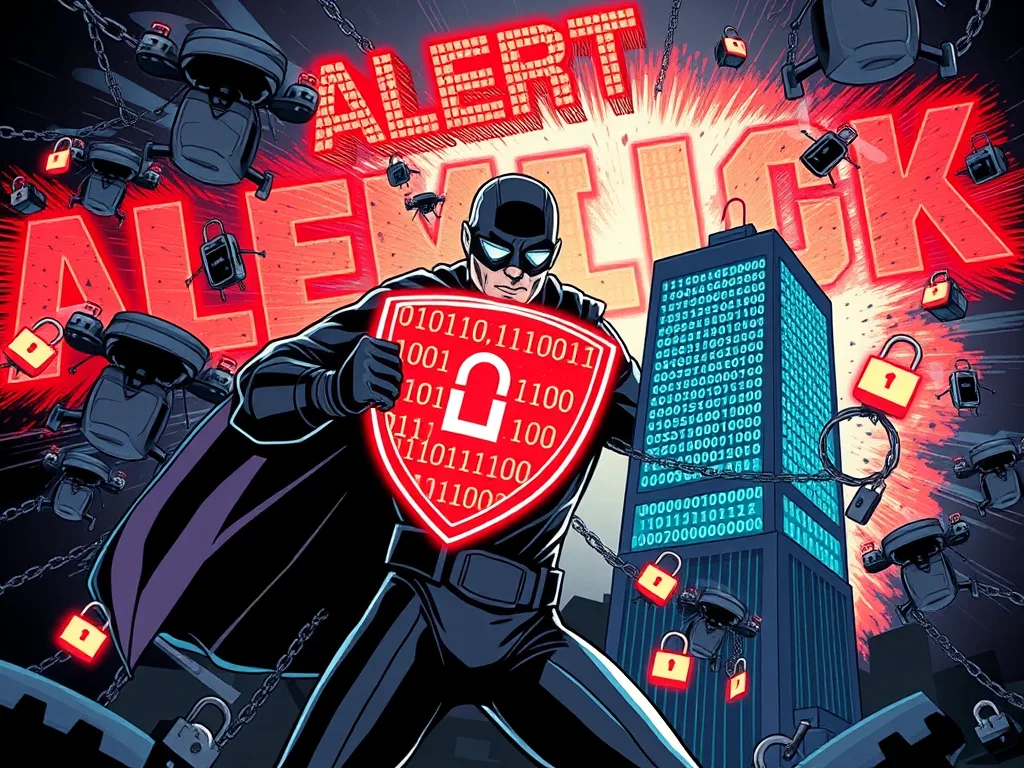As technology evolves at a breakneck pace, full stack developers in 2025 face an ever-growing array of cybersecurity challenges. From front-end interfaces to back-end databases, every layer of an application is a potential target for malicious actors. Adopting cybersecurity best practices for full stack developers is no longer optional—it’s a necessity to protect sensitive data, maintain user trust, and ensure robust application performance. This article explores the critical importance of secure coding, authentication, and zero-trust architectures, offering actionable insights for developers in today’s threat landscape.
The Growing Need for Cybersecurity in Full Stack Development
In 2025, cyber threats have become more sophisticated, with attackers leveraging AI-driven exploits, supply chain vulnerabilities, and social engineering tactics. Full stack developers, responsible for both client-side and server-side code, are uniquely positioned to implement security at every level. A single oversight—be it an unpatched API or a weak password—can compromise an entire system. By prioritizing cybersecurity best practices for full stack developers, you can mitigate risks and build applications that stand up to modern threats.
Secure Coding: The Foundation of Cybersecurity
Secure coding is the bedrock of any resilient application. Writing code that minimizes vulnerabilities is a proactive way to thwart attacks like SQL injection, cross-site scripting (XSS), and remote code execution. Here’s how full stack developers can embed security into their workflows:
- Input Validation and Sanitization: Always validate and sanitize user inputs on both the client and server sides. Use libraries like OWASP’s ESAPI or built-in framework tools to prevent malicious data from infiltrating your system.
- Dependency Management: Regularly update third-party libraries and frameworks. Tools like Dependabot or Snyk can help identify and patch vulnerabilities in dependencies.
- Error Handling: Avoid exposing stack traces or sensitive information in error messages. Log errors securely and display generic messages to users.
- Code Reviews and Static Analysis: Incorporate peer reviews and tools like SonarQube to catch security flaws early in the development cycle.
In 2025, secure coding isn’t just about avoiding bugs—it’s about anticipating how attackers might exploit your code. By adopting these cybersecurity best practices for full stack developers, you reduce the attack surface and enhance application integrity.
Authentication: Locking the Front Door
Authentication remains a critical line of defense, ensuring only authorized users access your application. Weak or outdated authentication mechanisms are a common entry point for breaches. Here’s how full stack developers can strengthen this layer in 2025:
- Multi-Factor Authentication (MFA): Implement MFA across all user accounts. Beyond passwords, require a second factor like a time-based one-time password (TOTP) or biometric verification.
- Password Security: Enforce strong password policies and use hashing algorithms like bcrypt or Argon2 to store credentials securely. Discourage password reuse with checks against breached password databases.
- OAuth and OpenID Connect: Leverage modern standards for delegated authentication. Integrate with providers like Google or Auth0 to streamline secure logins.
- Session Management: Use secure, HTTP-only cookies with short expiration times. Implement token revocation to invalidate compromised sessions.
With identity-based attacks on the rise, robust authentication is a cornerstone of cybersecurity best practices for full stack developers. It ensures that even if credentials are stolen, additional barriers keep attackers at bay.
Zero-Trust Architectures: Trust No One, Verify Everything
The zero-trust model has gained traction in 2025 as a response to perimeter-less environments, remote work, and cloud-native applications. Unlike traditional security models that assume internal traffic is safe, zero-trust assumes every request—internal or external—could be malicious. For full stack developers, this paradigm shift offers a powerful framework:
- Microsegmentation: Break your application into smaller, isolated components. Use API gateways and service meshes to enforce strict access controls between services.
- Continuous Verification: Require authentication and authorization for every request, regardless of origin. Tools like JSON Web Tokens (JWT) can facilitate this process.
- Least Privilege Principle: Grant users and services only the permissions they need. Regularly audit roles and permissions to prevent privilege creep.
- Encryption Everywhere: Encrypt data in transit and at rest using TLS 1.3 and AES-256. Ensure API calls and database connections are secured.
Zero-trust architectures align perfectly with cybersecurity best practices for full stack developers, offering a proactive stance against insider threats and lateral movement by attackers. In a world where breaches are inevitable, zero-trust minimizes damage by limiting trust.
Why These Practices Matter in 2025
The stakes for cybersecurity have never been higher. Data breaches in 2025 can lead to hefty fines under regulations like GDPR and CCPA, irreparable reputational damage, and loss of customer trust. Full stack developers, as the architects of digital experiences, play a pivotal role in safeguarding applications. By mastering secure coding, implementing robust authentication, and embracing zero-trust principles, you not only protect your users but also future-proof your career in an increasingly security-conscious industry.
Conclusion
Cybersecurity is not a one-time task—it’s an ongoing commitment. For full stack developers in 2025, integrating cybersecurity best practices for full stack developers into every stage of the development lifecycle is essential. Secure coding prevents vulnerabilities, strong authentication keeps unauthorized users out, and zero-trust architectures ensure no assumptions compromise your system. Start implementing these strategies today to build applications that are as secure as they are innovative.
